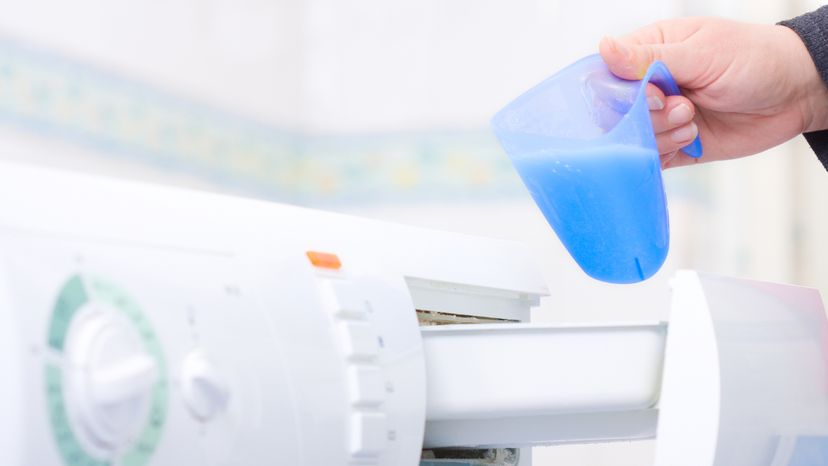
Fabric softener makes your freshly laundered clothes so much gentler to the touch. But when it causes laundry stains, use these stain removal methods.
The first step in removing fabric softener stains is to identify the stained material.
Advertisement
Below are the most common types of materials that can become fabric softener-stained, with steps on how to remove fabric softener from each:
- Non-washable fibers such as Acetate, Carpet/Synthetic, Carpet/Wool, Fiberglass, Rayon, Silk, Triacetate or Wool
- Washable fibers such as Acrylic Fabric, Cotton, Linen, Modacrylic, Nylon, Olefin, Polyester or Spandex
- Other surfaces such as Acrylic Plastic, Aluminum, Asphalt, Ceramic, Glass/Tile, Cork, Glass, Linoleum, Paint/Flat, Paint/Gloss, Plexiglas, Polyurethane, Porcelain Dishes, Porcelain Fixtures, Vinyl Clothing, Vinyl Tile, Vinyl Wallcovering
Advertisement